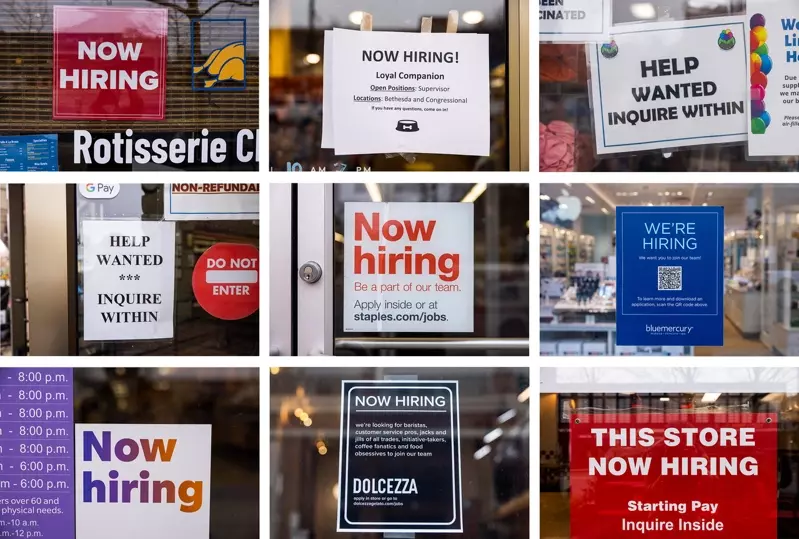
全美各州辞职率比一比 阿拉斯加、南卡罗来纳最高 纽约最低
世界新闻网
3/30/2022

美国劳工在新冠疫情期间掀起大辞职潮,辞职找新工作,不过程度各地有所不同。
WalletHub引用美国劳工统计局数据示,根据最近一个月和过去12个月的辞职率对美国各州进行排名。这些数据纳入自愿离职的员工人数,但不包括解雇、退休和调动。
Hobart and William Smith学院院长雅各布森(Joyce Jacobsen)在研究中写道:「不同州有不同的经济体,有些州远距工作选择较少且失业率较低,但辞职率更高。」「低失业率意味着劳工有更多选择去从事更有吸引力的工作。」

根据统计,阿拉斯加州和南卡罗来纳州在辞职率排名最高。虽然人口是全美第四少,但阿拉斯加州过去12个月的辞职率接近4%。
纽约州排名最低,过去12个月的辞职率为1.87%。麻州、康州和明尼苏达州的劳工流动率也较低。
由于职位空缺维持在历史高位附近,劳工对雇主的需求很高。
WalletHub分析师冈萨雷斯(Jill Gonzales)表示:「美国劳工从这项研究可得到的关键结论是,后疫情时代的劳动市场正在出现有利于员工的重大变化。」「职位空缺激增,而填补所有空缺职位的人数不足。这让求职者拥有很大的筹码,能够谈判更好的就业条件,并迫使雇主提供所有激励措施。」
根据美国劳工统计局最新的职位空缺和劳动力流动调查(JOLTS),2021年有4780万劳工离职。随着经济从疫情影响中复苏,辞职率一直保持在偏高水平,即使1月全国总辞职率降至2.8%。
冈萨雷斯说,「虽然1月辞职率仍高,但最明显的模式是,对于大多数州来说,这些辞职率低于过去12个月的平均值。」「这可能代表劳动市场正在慢慢趋于稳定,雇主和员工正在寻找工作日程和环境方面的共同点。」
